| | Here are the Official Course Descriptions for the classes I teach most often (for adults & teens). The photos are examples of student artwork from each class.
Reportage (aka: Journal Sketching):Reportage* is a high-energy, high-speed attempt to capture the essence of an event – or a moment – in a sketchbook. It’s an incredibly dynamic way to record your experiences out in the world, without using a camera. We’ll start in class, drawing from the model. We’ll cover skills & techniques needed to have a rewarding, expressive journaling experience. In later classes we’ll venture out into the real world, where you will get to experience the thrills and challenges of reportage, and likely produce some very raw and expressive gems! It is highly recommended that you have considerable drawing skill and experience before taking this class. *[Pronounced: reh-por-TAHZH] 3 hrs, 6 weeks
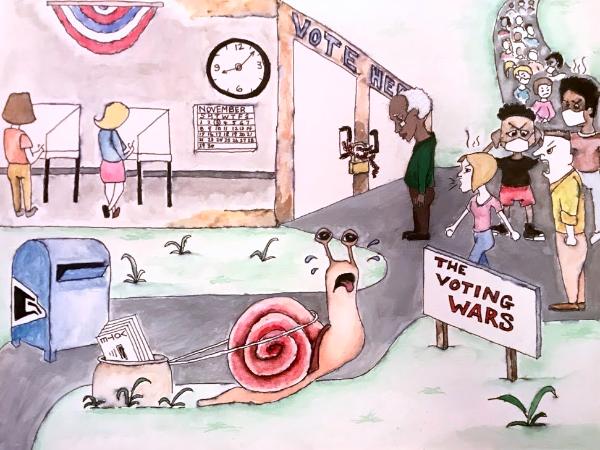 |
Virtual Op-Ed Illustration
Our world is [still!] changing at high speed – we are making history, right & left. But left to the news media, the story gets reduced to colorless sound bites. In class, you’ll get to chronicle your own history/her-story for posterity – visually! So, what is “Op-Ed”, anyway? “An op-ed article is …[one where] the author states their opinion about a given topic, often with a view to persuade the reader of their way of thinking…” – Benjamin Spall
The job of an op-ed illustration, then, is to capture the essence of the opinion, (in this case, yours).
Techniques will be offered to help you sort out your thoughts & feelings, and turn your passionate opinions into strong visual statements.
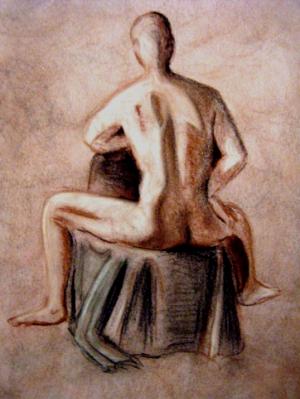 |
Figure Drawing: Heighten your visual awareness with tools and exercises designed to access the creative (right) side of the brain. We will draw from the model, focusing on process (skill-building) more than product. This is a high-energy class! It will help you loosen up as your drawing skills improve. Demos, lots of practice, and individual guidance are provided. Ideal for beginners, as well as practicing professionals! Limited to 12 students. 3 hours; 7 sessions
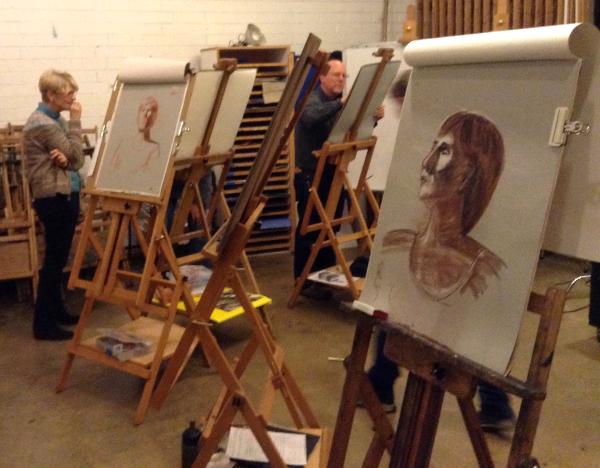 |
Portrait Drawing:
We
will employ basic observation skills and
rudimentary anatomy lessons to learn the structure of the head, neck,
shoulders, then eyes, nose, mouth, & ears. Then we'll delve into
the sublime & juicy stuff: expression! Including the subtle
changes that can alter the expression entirely. Different races &
age groups will be covered; primarily through HW assignments. In each
class, there will be gesture warm-ups, one or two demos, and one or
two poses for the remainder of the class, with individual guidance
throughout. We'll have one model for the final two class sessions.
In
order to capture the essence of your subject, a willingness to
surrender to the art-making process is absolutely necessary! You must
become
that which you attempt to capture. So, come with an open mind!
3 hours; 7 sessions
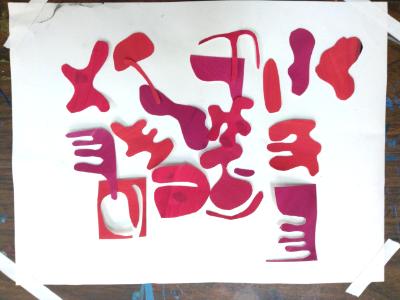 |
Find Your Artistic Voice This on-going class offers tools & techniques to help you find a clear path to your creative source. Warm-ups and exercises are designed to by-pass your inner critic, encourage artistic exploration, and increase confidence in your authentic self-expression… If you are at the beginning of your art-making journey, or need guidance in taking the next big leap, this class is for you.
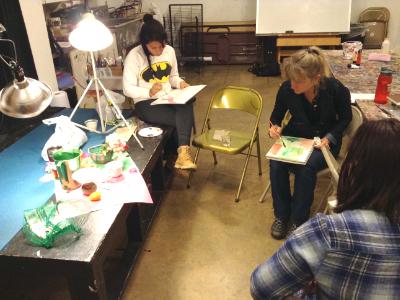 |
Exploring
Color
There's
both a science & art to color-mixing. The first 3 classes will
cover the science (technical) part: mixing the colors. Students will
make color wheels & charts with
the art media of their own choice,
so they can use them for reference at home. The next 3 classes will
begin to explore the big challenges (the artistic part): how &
where to use the colors once you've mixed them. It will include the
affects of lighting on color, transparent vs. opaque colors, color
relativity & placement, and
perhaps more.
There will be demos for each lesson, using a variety of media, (ex:
acrylics, oil pastel, watercolor) including whatever the students
bring in. Practice exercises will be offered for students who finish
the lesson work early. By the end of the course, students who
complete the work will be able to mix any color they desire.
The
study of the use of color could take years to master! Though this
class is just a basic introduction to color theory for beginners &
intermediates, it will give you enough information to keep you
happily exploring color for a long time!
3 hours; 7 sessions
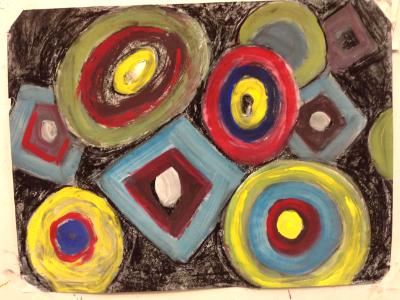 |
Exploring Abstract Art 1 The main difference between representational and non-representational art is that, in the latter, we draw from inner (subjective) vision instead of outer (objective) vision. “Abstract” art includes the entire range between the two. The primary focus of the class is to access that inner vision and develop it. How do we do it? PLAY! We explore the intuitive exercises created by early Western abstract artists & Surrealists, designed to access the subconscious mind, & bypass the Inner Judge! There will also be a bit of history, and plenty of slides of some of the greats, for inspiration. With practice, students will begin to form their own personal “language” of shape, line, symbol and color, while exploring basic drawing elements and composition. This is another high-energy class! Beginners are welcome, as well as established artists who desire to deepen their art-making experience. No experience is necessary, just a desire for spirited adventure! Repeat students are welcome, too. Limited to 10 students. 3 hours; 6 sessions
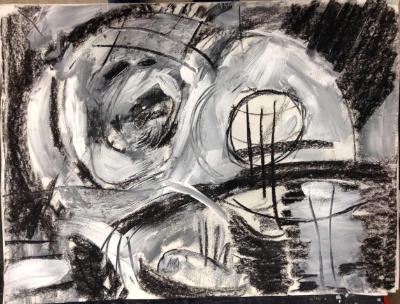 |
Exploring Abstract Art 2This is a continuation of Exploring Abstract Art 1. Here, though still developing their own inner ‘language’, students have the option to shift focus towards responding to cultural influences, expressing their personal views of the outer world. The methods will be the same as in Exploring Abstract Art I.
...By the way, if you liked anything you read here, please click the "Like" button below; it helps spread the word. Thanks! |
Be the first to post a comment.
|
|
| This website is made possible by an Emerging Artists Grant from the Durham Arts Council with support from the North Carolina Arts Council, with funding from the state of North Carolina and the National Endowment for the Arts, which believes that a great nation deserves great art. RSS |  |
|
|